In this blog, we’re diving into the mini split brands that might not be worth your investment.
While mini split systems are known for their efficiency and convenience, not all brands deliver the quality and reliability you expect. To save you time, money, and headaches, I’ll walk you through the brands that have raised concerns among users and experts. Plus, I’ll share better alternatives that offer reliability and performance without the hassle.
Keep reading to make a well-informed decision before your next purchase!
10 Mini Split Brands To Avoid
When selecting a mini-split system, it’s essential to choose a brand known for reliability and performance. Based on customer reviews and expert analyses, here are ten mini-split brands that have raised concerns and may be worth avoiding:
1. MRCOOL
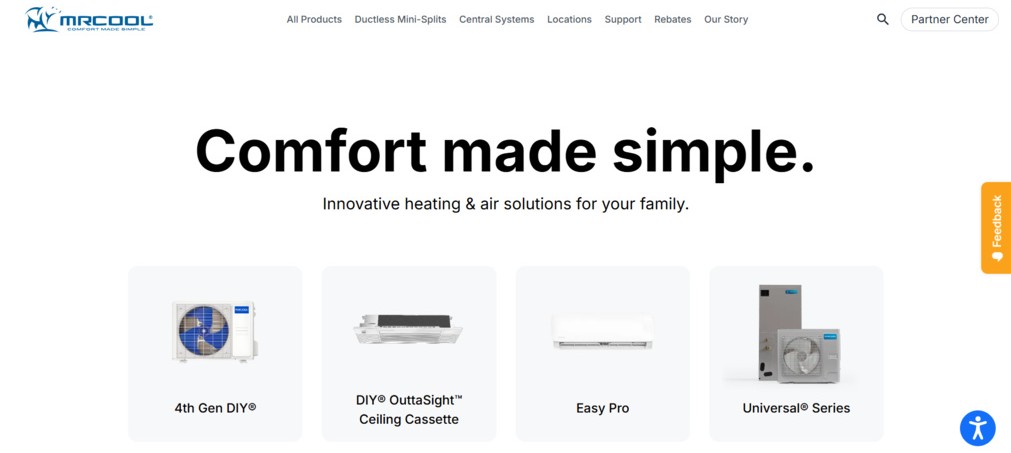
MRCOOL markets itself as a DIY-friendly mini split brand, but that’s where the issues begin.
Many homeowners find installation tricky due to vague instructions and a lack of proper support.
Since professional installation is often required for optimal performance, the DIY aspect can lead to incorrect setup, frequent leaks, and inefficiency.
Additionally, MRCOOL units have been criticized for noisy operation, inconsistent cooling, and short lifespans.
If you’re looking for a hassle-free experience, MRCOOL might not be the best choice.
2. LG

While LG is a well-known electronics brand, its mini-split systems don’t live up to the reputation.
Many users report poor energy efficiency, leading to higher electricity bills than expected.
Some units also struggle with uneven cooling, leaving hot and cold spots throughout the room.
LG’s mini split systems are expensive compared to competitors, yet they offer subpar reliability.
Customer service complaints further add to the frustration, with long wait times and difficulty in claiming warranties.
3. Carrier
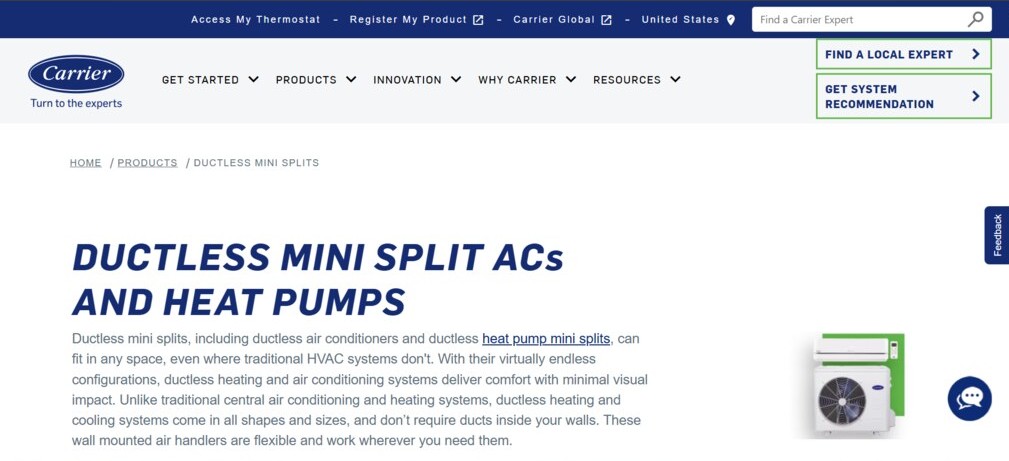
Carrier is a reputable name in HVAC, but its mini-split systems often fail to meet expectations.
One of the biggest complaints is the high cost of replacement parts.
If something breaks down, you may end up paying nearly as much as a new system just for repairs.
Customers have also noted refrigerant leaks, malfunctioning compressors, and error codes that require professional servicing.
The complexity of Carrier’s systems makes them difficult to troubleshoot, leading to high maintenance costs in the long run.
4. Midea
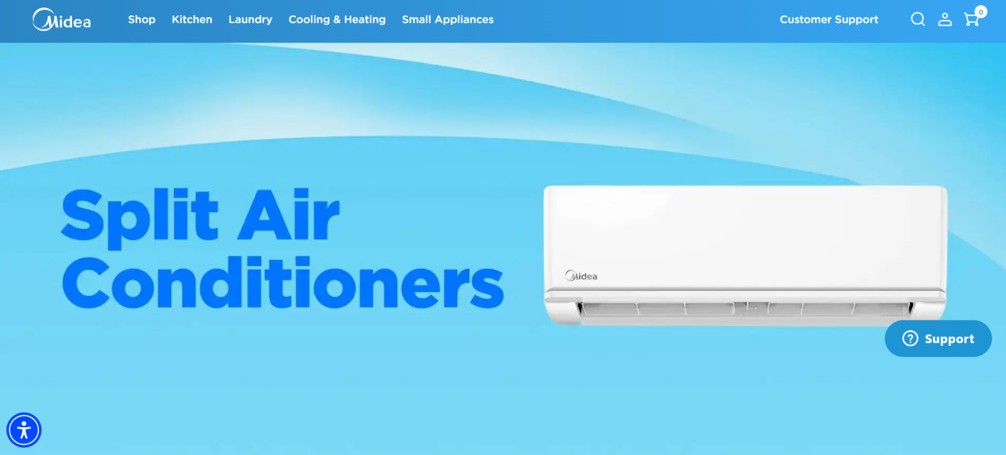
Midea is a budget-friendly brand, but that affordability comes at a price—low-quality components and frequent system failures.
Many users report compressor issues within the first few years, leading to costly repairs.
Another major issue is the inconsistent performance in extreme weather conditions.
In both hot summers and cold winters, Midea units tend to underperform, leaving homeowners uncomfortable.
Their customer support has also been widely criticized for slow response times and inadequate troubleshooting help.
5. Klimaire
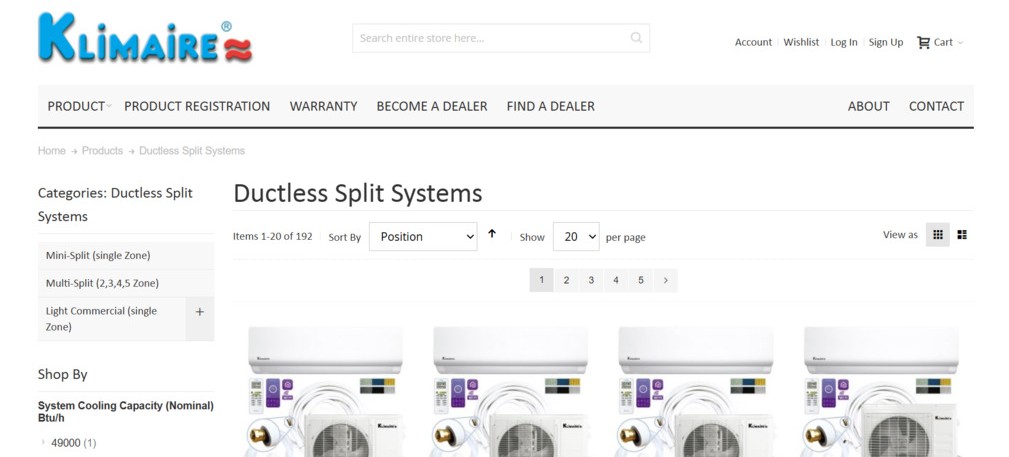
Klimaire might seem like a cost-effective choice, but it comes with serious drawbacks.
Many users complain about poor customer support, making it difficult to get help when things go wrong.
The brand’s warranty process is also notoriously frustrating—many claims get rejected for unclear reasons.
Furthermore, Klimaire mini splits often suffer from noisy operation, frequent refrigerant leaks, and durability concerns.
If you want peace of mind with your purchase, Klimaire isn’t the best choice.
6. Cooper & Hunter

Cooper & Hunter mini split systems often disappoint users due to their high failure rates.
Many homeowners have reported frequent breakdowns within the first few years, especially with compressors and circuit boards.
Another common issue is weak airflow, which makes it difficult to cool or heat larger rooms effectively.
Additionally, Cooper & Hunter’s parts are not widely available, meaning repairs can take weeks or even months.
If you want a reliable and long-lasting mini split, there are much better alternatives.
7. GREE
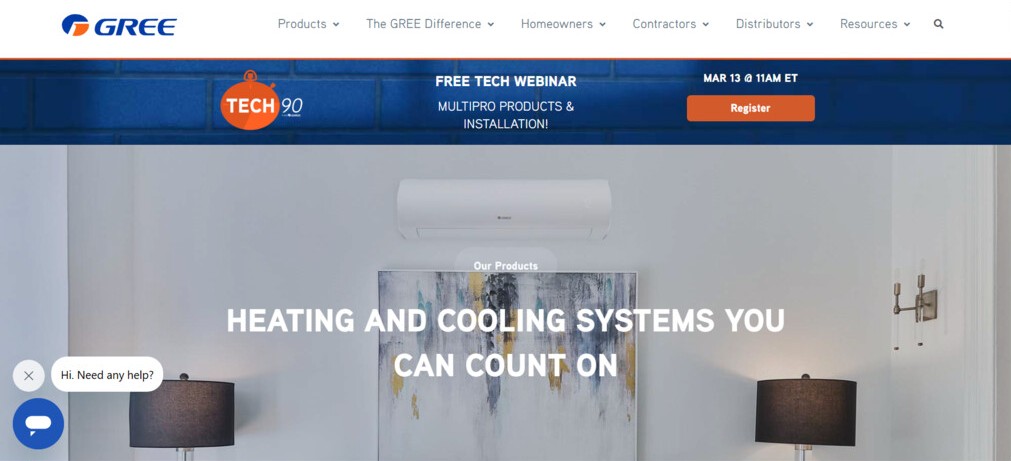
GREE is one of the largest HVAC manufacturers in the world, but its mini-split units often leave users frustrated.
A major downside is the complex installation process, which requires specialized expertise.
If installed incorrectly, these units often suffer from leaks, inefficient cooling, and electronic failures.
Many homeowners also complain about frequent error codes and system malfunctions, making GREE mini splits more of a headache than a comfort solution.
8. Shinco
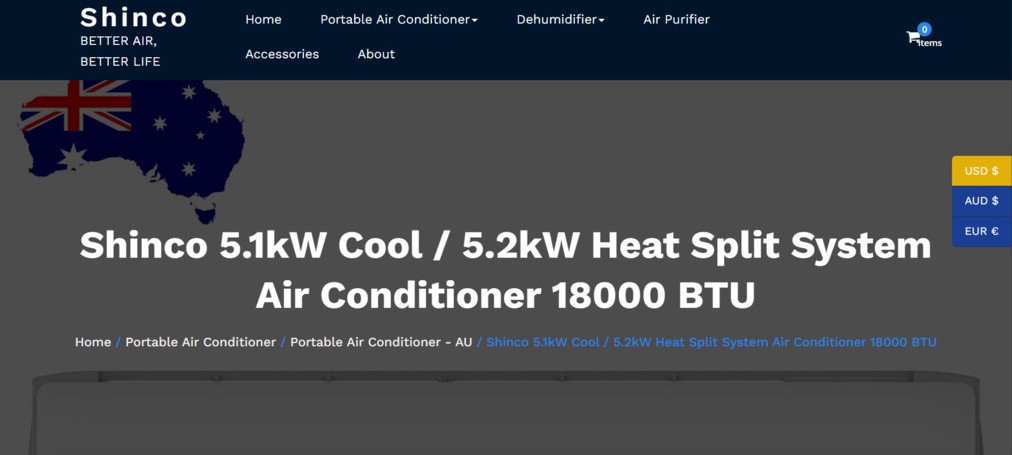
Shinco mini split systems often fail to last beyond a few years due to cheap internal components.
Users frequently report compressor failures, drainage problems, and thermostat malfunctions.
Another drawback is the limited availability of parts, making repairs difficult.
Additionally, Shinco’s systems tend to be noisy, which can be an issue for bedrooms and quiet spaces.
Given these concerns, investing in a more durable and well-supported brand is a better option.
9. Haier
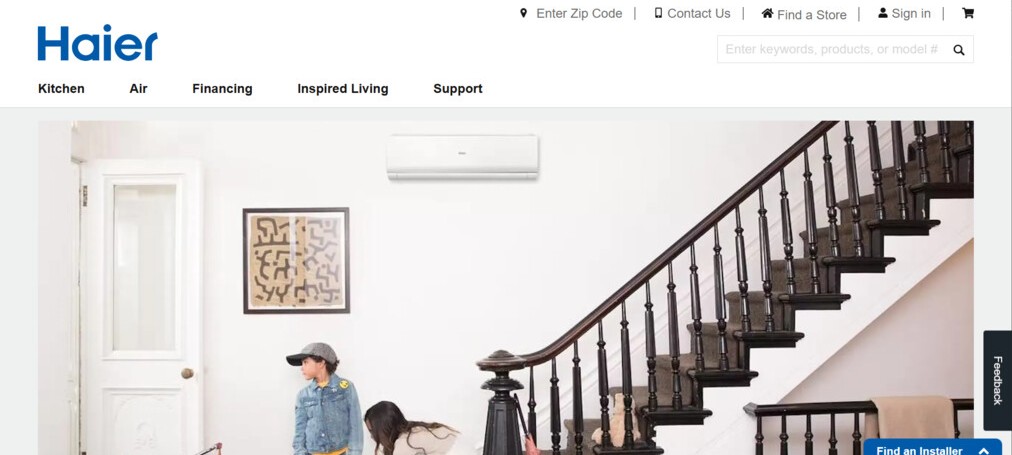
Haier mini split units often struggle with uneven temperature control, leading to hot and cold spots in the same room.
The airflow is weaker compared to other brands, making it difficult to cool larger areas effectively.
Many customers also report issues with circuit boards failing, causing the system to shut down unexpectedly.
Haier’s warranty process is also inconsistent, with many users experiencing denied claims or slow customer service responses.
10. Friedrich
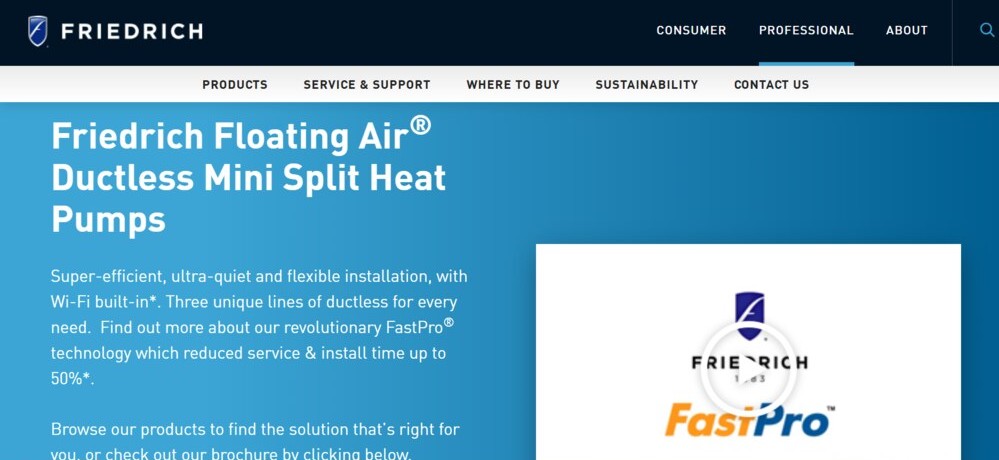
Friedrich mini split systems are often overpriced for the features they offer.
While the brand is known for air conditioning products, its mini splits are not as reliable as competitors.
Many customers report loud operational noises, making them less ideal for bedrooms or offices.
Additionally, Friedrich units tend to break down faster than expected, leading to expensive repair costs.
If you’re looking for a quieter and more durable option, there are better brands available.
Alternate Brands To Consider
1. Mitsubishi Electric
Mitsubishi mini splits are known for their top-tier reliability and performance.
They use advanced inverter technology that maintains consistent temperatures without frequent cycling, saving energy and increasing longevity.
These units also have high SEER ratings, meaning they cool and heat efficiently while keeping costs low.
2. Daikin
Daikin is an industry leader in HVAC technology.
Their mini splits come with intelligent comfort control, automatically adjusting temperature and airflow based on occupancy.
If you want a balance of innovation, reliability, and energy efficiency, Daikin is a top pick.
3. Fujitsu
Fujitsu’s mini-splits excel in cold climates, thanks to their hyper-heat models that work efficiently even at -15°F (-26°C).
They also have some of the quietest units on the market, perfect for those who want discreet yet powerful cooling and heating.
4. GREE Sapphire
GREE is one of the world’s largest HVAC manufacturers and offers high-quality mini splits at an affordable price.
The Sapphire series is one of the most efficient systems available, making it a great option for those who want premium performance without the premium price tag.
5. Panasonic
Panasonic mini splits are designed for long-term durability.
They feature anti-corrosion coatings, self-cleaning mechanisms, and low-maintenance designs, making them perfect for homeowners who want a hassle-free system that lasts for 15+ years.
Conclusion
Investing in a mini-split system is a big decision, and choosing the wrong brand can lead to frequent repairs, poor performance, and unnecessary expenses. While the brands listed above may have some satisfied customers, the common issues reported make them riskier choices.
If you want a reliable, efficient, and long-lasting mini split system, it’s best to avoid these brands and opt for trusted names with better customer support, higher durability, and stronger performance. Before making a purchase, always read user reviews, compare warranties, and consult with HVAC professionals to ensure you’re making the best choice for your home.
FAQs
What are the most common problems with unreliable mini-split brands?
Unreliable mini-split brands often have issues like compressor failures, refrigerant leaks, inconsistent heating and cooling, and noisy operation. Poor customer support and limited availability of replacement parts can make these problems even more frustrating.
Why do some mini-split brands struggle with efficiency?
Many budget-friendly brands use lower-quality components, outdated technology, or poor manufacturing standards, leading to inefficient cooling and heating. Some also lack advanced inverter technology, causing frequent cycling and higher energy bills.
Are DIY mini-split systems a good idea?
DIY mini-split systems, like those from MRCOOL, often seem convenient, but improper installation can lead to leaks, reduced efficiency, and system failures. If you’re not experienced with HVAC work, professional installation is the best way to ensure reliability.
What should I look for in a reliable mini split brand?
A good mini split brand should have high SEER ratings, inverter technology for energy efficiency, quiet operation, solid warranties, and a strong track record for durability. Brands like Mitsubishi, Daikin, and Fujitsu consistently meet these criteria.
How long should a quality mini-split system last?
A well-built mini-split system from a reputable brand can last 15–20 years with proper maintenance. However, lower-quality brands may start experiencing major issues within 5–7 years, leading to expensive repairs or early replacement.

